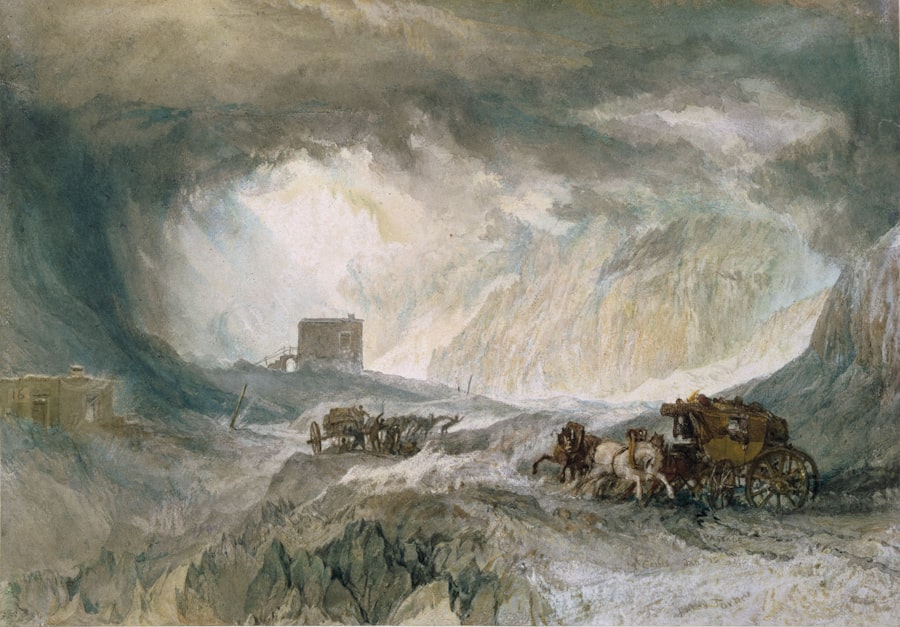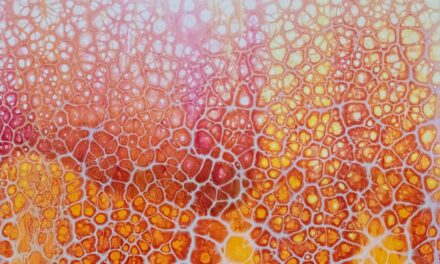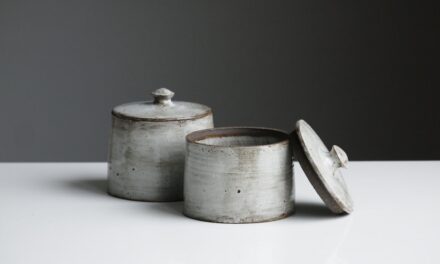The origins of paint by number can be traced back to the early 20th century, a time when the art world was undergoing significant transformations. The concept was first popularised in 1950 by a company called Palmer Paints, which introduced a series of kits designed to make painting accessible to the masses. These kits featured pre-printed canvases divided into sections, each marked with a number corresponding to a specific paint colour.
This innovative approach allowed individuals with little to no artistic training to create their own artworks, effectively democratizing the process of painting. The idea of simplifying art creation was not entirely new; however, Palmer Paints capitalised on the post-war era’s burgeoning consumer culture. The 1950s saw a surge in leisure activities, and paint by number quickly became a popular pastime for families and individuals alike.
The kits were marketed as a way to unwind and express creativity, appealing to a wide demographic. As a result, paint by number became a cultural phenomenon, with millions of kits sold across the United States and beyond. This period marked the beginning of a new era in art, where the barriers to entry were lowered, allowing anyone to engage in creative expression.
Summary
- Paint by Number was invented in the 1950s by Dan Robbins, who was inspired by Leonardo da Vinci’s technique of numbering sections on canvas to guide his apprentices in painting.
- The popularity of Paint by Number soared in the 1950s and 1960s, becoming a cultural phenomenon and a favourite pastime for people of all ages.
- Paint by Number works by assigning a specific colour to each number on a canvas, allowing anyone to create a beautiful piece of art without any prior painting experience.
- Tips and tricks for Paint by Number include starting with the larger sections first, using a small amount of paint, and allowing layers to dry before adding more colour.
- The benefits of Paint by Number include stress relief, improved focus and concentration, and a sense of accomplishment upon completing a painting.
The Rise in Popularity of Paint by Number
The popularity of paint by number surged during the 1950s and 1960s, coinciding with a broader cultural shift towards leisure and home-based activities. As more households acquired televisions and disposable income increased, people sought new forms of entertainment that could be enjoyed in the comfort of their homes. Paint by number kits provided an ideal solution, offering a structured yet enjoyable way to engage in artistic pursuits without the intimidation often associated with traditional painting.
Moreover, the rise of paint by number was also influenced by the growing interest in DIY culture. As individuals began to take pride in their ability to create and personalise their living spaces, paint by number emerged as a popular choice for home decor. The finished pieces could be framed and displayed, adding a touch of personal flair to interiors.
This trend was further bolstered by the emergence of art classes and community workshops that encouraged people to explore their creative sides, making paint by number an accessible entry point into the world of art.
How Paint by Number Works

At its core, paint by number is a straightforward process that involves following a predetermined colour scheme to fill in designated areas on a canvas or board. Each section is marked with a number that corresponds to a specific paint colour, typically provided in small pots or tubes within the kit. This method allows individuals to focus on the act of painting without having to make decisions about colour mixing or composition, which can often be daunting for beginners.
The kits vary in complexity, ranging from simple designs suitable for children to intricate patterns that challenge even seasoned artists. The materials used can also differ; some kits feature high-quality canvases and acrylic paints, while others may utilise paper or lower-grade materials. Regardless of the quality, the fundamental principle remains the same: the artist fills in each numbered section with the corresponding colour until the entire image is complete.
This step-by-step approach not only fosters a sense of accomplishment but also provides an opportunity for relaxation and mindfulness as one immerses themselves in the creative process.
Tips and Tricks for Paint by Number
To enhance the experience of painting by number, several tips and tricks can be employed. Firstly, it is advisable to organise your workspace effectively. Having all your materials within reach—paints, brushes, water for rinsing, and paper towels—can streamline the process and prevent interruptions.
Additionally, using a palette or mixing tray can help manage paint application more efficiently, especially when working with multiple colours. Another useful tip is to start with larger sections before moving on to smaller details. This approach allows for quicker progress and can help build momentum as you see larger areas filled in first.
Furthermore, taking breaks during longer sessions can prevent fatigue and maintain enthusiasm for the project. It is also beneficial to keep a reference image nearby; this can serve as a guide for colour placement and help maintain focus on the overall composition.
The Benefits of Paint by Number
Engaging in paint by number offers numerous benefits that extend beyond mere artistic expression. One of the most significant advantages is its therapeutic potential. The repetitive nature of filling in sections can induce a meditative state, promoting relaxation and reducing stress levels.
Many individuals find that immersing themselves in this creative activity allows them to escape from daily pressures and cultivate mindfulness. Additionally, paint by number can serve as an excellent tool for developing fine motor skills and hand-eye coordination. As participants navigate their brushes within the confines of each numbered section, they enhance their dexterity and control over their movements.
This aspect makes it particularly beneficial for children or those recovering from injuries that affect motor skills. Furthermore, completing a paint by number project instils a sense of achievement and boosts self-esteem, reinforcing the idea that anyone can create something beautiful with patience and practice.
Paint by Number Kits and Supplies

Customisation Options
Some companies even offer custom kits where individuals can transform their own photographs into paint by number canvases, adding a personal touch to the experience.
Kit Contents
In terms of supplies, most kits include everything needed to complete the project: pre-printed canvas or board, numbered paints, brushes, and sometimes even framing options. However, enthusiasts may choose to supplement their kits with additional materials such as higher-quality brushes or premium paints for enhanced results.
Online Retailers and Specialised Supplies
Online retailers have made it easier than ever to find specialised supplies tailored to individual preferences, allowing artists to customise their painting experience further.
Famous Paint by Number Artworks
While paint by number is often associated with amateur artistry, some notable works have emerged from this medium that deserve recognition. One such example is “The Blue Horse” by Franz Marc, which has been reinterpreted into paint by number kits that allow enthusiasts to recreate this iconic piece with ease. The vibrant colours and dynamic forms lend themselves well to this format, making it an appealing choice for both novice painters and seasoned artists looking for a fun project.
Another famous artwork that has been adapted into paint by number is “Starry Night” by Vincent van Gogh. This masterpiece’s swirling skies and bold colours translate beautifully into the numbered format, allowing individuals to engage with one of art history’s most celebrated pieces in an interactive manner. These adaptations not only provide an opportunity for creative expression but also serve as an introduction to art appreciation for those who may not have previously explored these works.
The Future of Paint by Number
As we look towards the future of paint by number, it is clear that this beloved pastime continues to evolve alongside advancements in technology and changing consumer preferences. The rise of digital platforms has led to an increase in online communities where enthusiasts can share their completed projects, exchange tips, and even collaborate on new designs. This sense of community fosters engagement and encourages individuals to explore their creativity further.
Moreover, innovations such as augmented reality (AR) are beginning to make their mark on the paint by number experience. Some companies are experimenting with AR applications that allow users to visualise their completed artwork before they even begin painting. This technology not only enhances the creative process but also adds an exciting layer of interactivity that could attract a new generation of artists.
In conclusion, paint by number remains a cherished activity that bridges the gap between art and accessibility. Its rich history, coupled with its therapeutic benefits and evolving nature, ensures that it will continue to captivate individuals seeking creative outlets for years to come. Whether through traditional kits or innovative digital experiences, paint by number is poised to remain a beloved form of artistic expression in an ever-changing world.
For those intrigued by the structured yet creative approach of the paint by number technique, exploring the foundational styles and influences in art can provide deeper insights. A recommended read is An Introduction to Art Deco, which delves into a pivotal movement known for its bold geometric patterns and vibrant colours. Understanding Art Deco’s impact on design and its aesthetic principles can enrich one’s appreciation of the systematic beauty found in paint by number artworks, linking historical art movements to contemporary crafting practices.




